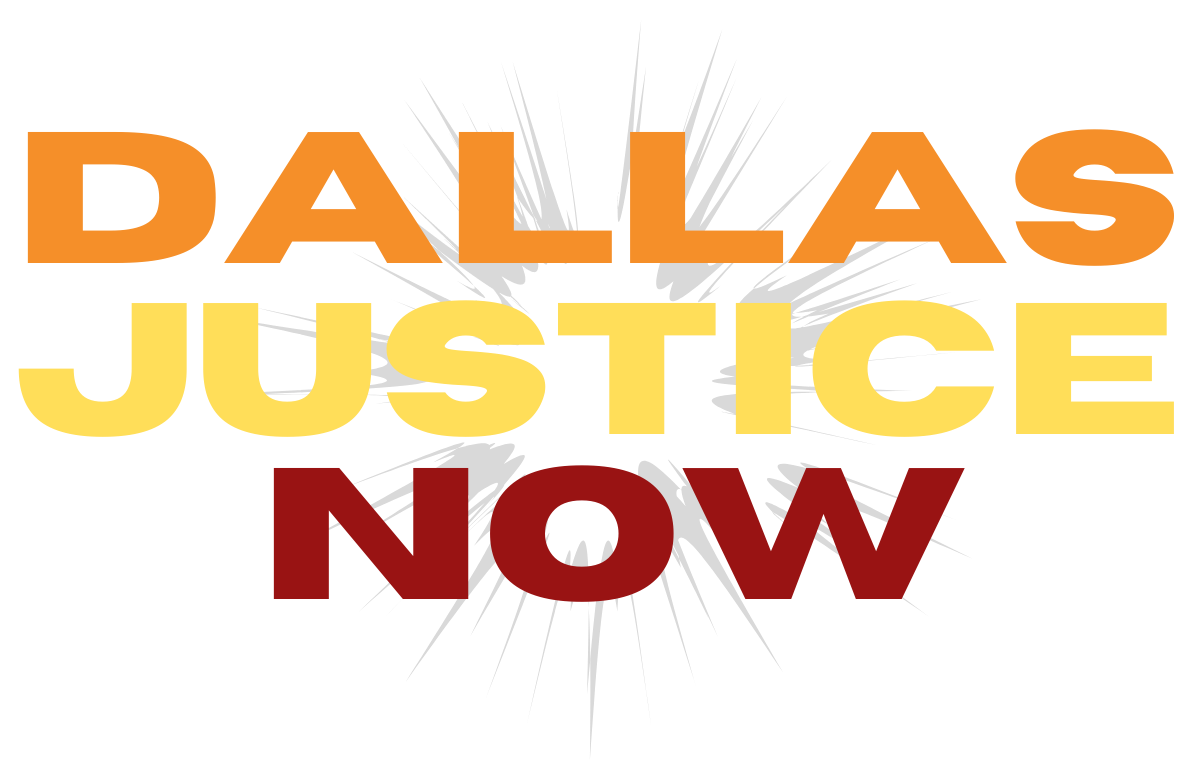Dallas Displaced
As I watch areas of Texas affected by tropical storms Nicholas in the media, I can’t help but think of the displaced and houseless population throughout the city of Dallas. Fortunately, we have not experienced the impact of the storm here in Dallas like flooding and outages, but what if we did? What measures are in place to protect people without housing? With displacement up 11%, encampments have risen due to limited overnight shelter spaces across the city. What actions have been taken to address the thousands of people who’ve lost housing and employment before or as a result of the pandemic? Dallas recently rolled out a 72 million dollar regional program called R.E.A.L (Real-Time Rapid Rehousing) to aid 2,000+ people without housing to access and secure housing by 2023, as well as provide emergency vouchers to domestic violence survivors, people with disabilities, and families. While the initiative will provide immediate housing solutions there are criticisms that it will not address root causes that would ensure the city's displaced population receives the individualized care, education, and resources critical to attain and retain a self-sustaining life. This is further pronounced by economic disparity and rising rent in Dallas. What happens when the housing payments and housing vouchers cease and the core issues remain unaddressed? While some proactive measures are being taken, Gov. Greg Abbott is counteracting with a new law, HB 1925, that passed earlier this month banning camping in public spaces which criminalizes homelessness. HB 1925 illegalizes any form of shelter (i.e. tents, tarps, sleeping bags, blankets, boxes) aside from protective clothing (i.e hats, jackets, pants, boots), meaning that displaced people seeking alternate forms of shelter in public spaces can now be charged a Class C misdemeanor. Abbott and Attorney General Ken Paxton have heightened pressure upon Texas counties to enforce the law with repercussions resulting in a loss of funding. Political leaders like Abbott, Paxton, and councilman Lee Kleinman, who view homeless people as an eyesore and a “threat to runners in the park” are part of the problem. With homeless shelters at maximum capacity, the inaccessibility and lack of funding for low-income housing have left displaced people with limited to no options. Instead of turning a blind eye to the problem, why not get to the root of it and start there. Displaced people are part of our community. They are our neighbors. They are people who deserve the necessary attention and individualized care to create a lasting change in their lives and a foundation that promotes long-term success and stability. Housing access is a leading cause of displacement and cannot be the only solution. Communities of color are far more at risk than any other community with African Americans making up 40% of the homeless population. In Texas, this is also a direct result of redlining and segregation. Taking care of our city's homeless population is reparational work. If we had resources, accessibility, and preventative efforts in place more people would be able to experience a self-sustaining life with safety and comfort.
